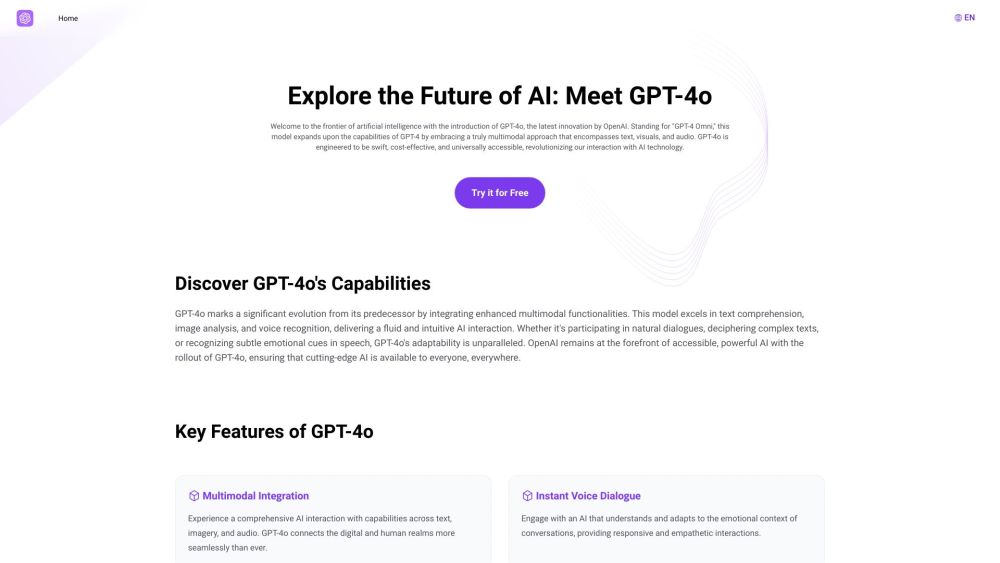With the launch of the Apple iPhone 16 series, the A18 and A18 Pro chips have garnered significant attention. These advanced processors each offer unique advantages and applications. This article provides a detailed comparison of the two chips—focusing on specifications, performance, and application scenarios—to help consumers and industry professionals understand their key differences and benefits.
1. Chip Specifications Comparison
1.1 A18 Chip Specifications
The A18 chip is the next generation following the A17, utilizing a 5nm process technology with a big.LITTLE architecture to balance performance and energy efficiency. Key specifications include:
- Core Architecture: An octa-core design featuring two Cortex-X3 large cores, two Cortex-A715 mid-cores, and four Cortex-A510 small cores, delivering high computational capabilities and an excellent power-efficiency ratio.
- Clock Speed: Large cores reach up to 3.5GHz, mid-cores 3.0GHz, and small cores 2.0GHz.
- GPU: Integrated Mali-G79 GPU, suitable for mainstream gaming and graphical applications.
- Memory Support: Compatible with LPDDR5X, supporting up to 16GB.
- AI Engine: Equipped with a sixth-generation AI engine to enhance image and voice recognition capabilities.
- Network Support: Includes a built-in 5G modem compatible with all major frequency bands for rapid internet connectivity.
1.2 A18 Pro Chip Specifications
The A18 Pro chip is an enhanced version of the A18, designed for extreme performance requirements. Its specifications are as follows:
- Core Architecture: An octa-core setup featuring two high-performance Cortex-X4 cores, two Cortex-A715 mid-cores, and four Cortex-A510 small cores, providing superior computing power.
- Clock Speed: Large cores can reach 3.8GHz, mid-cores 3.2GHz, and small cores 2.2GHz.
- GPU: Advanced Mali-G79 Pro GPU, offering superior graphical processing capabilities for high-resolution and high-frame-rate gaming.
- Memory Support: Supports LPDDR5X, with a maximum capacity of 24GB, significantly enhancing multitasking abilities.
- AI Engine: Features a seventh-generation AI engine, increasing AI computational prowess and processing speed.
- Network Support: Includes an advanced 5G modem that supports more bands and faster network speeds.
2. Performance Comparison
2.1 Computational Performance
The A18 chip adeptly handles everyday applications and moderate workloads, making it ideal for mid-to-high-end users. In contrast, the A18 Pro excels in computational tasks, making it suitable for high-resolution video editing and 3D modeling, particularly favored by professionals.
2.2 Graphics Processing
The A18's Mali-G79 GPU ensures smooth graphical rendering, suitable for most mainstream games. Conversely, the A18 Pro’s Mali-G79 Pro GPU supports higher resolutions and frame rates, making it especially suited for high-end gaming and virtual reality applications.
2.3 AI Computing
The sixth-generation AI engine in the A18 supports everyday smart applications like voice assistants and image recognition. The A18 Pro's seventh-generation AI engine can handle more complex tasks, including real-time video analysis and deep learning processes.
2.4 Energy Efficiency
While both chips are built on a 5nm process, the A18 Pro’s high-performance cores and higher clock speeds result in slightly increased power consumption. However, its optimized power management technology still delivers commendable energy efficiency even under high loads.
3. Application Scenarios and Target Users
3.1 A18 Chip
The A18 chip is tailored for mid-to-high-end smartphone users, balancing performance and energy efficiency to meet everyday application needs.
3.2 A18 Pro Chip
The A18 Pro targets the high-end market and professional users, offering exceptional computational and graphical capabilities ideal for those with demanding performance requirements, such as professional gamers and content creators.
4. Conclusion
The A18 and A18 Pro chips cater to different market needs. The A18 serves everyday users with balanced performance, while the A18 Pro targets professionals seeking top-tier performance. Choosing the right chip depends on individual requirements and usage scenarios to ensure the best user experience.





